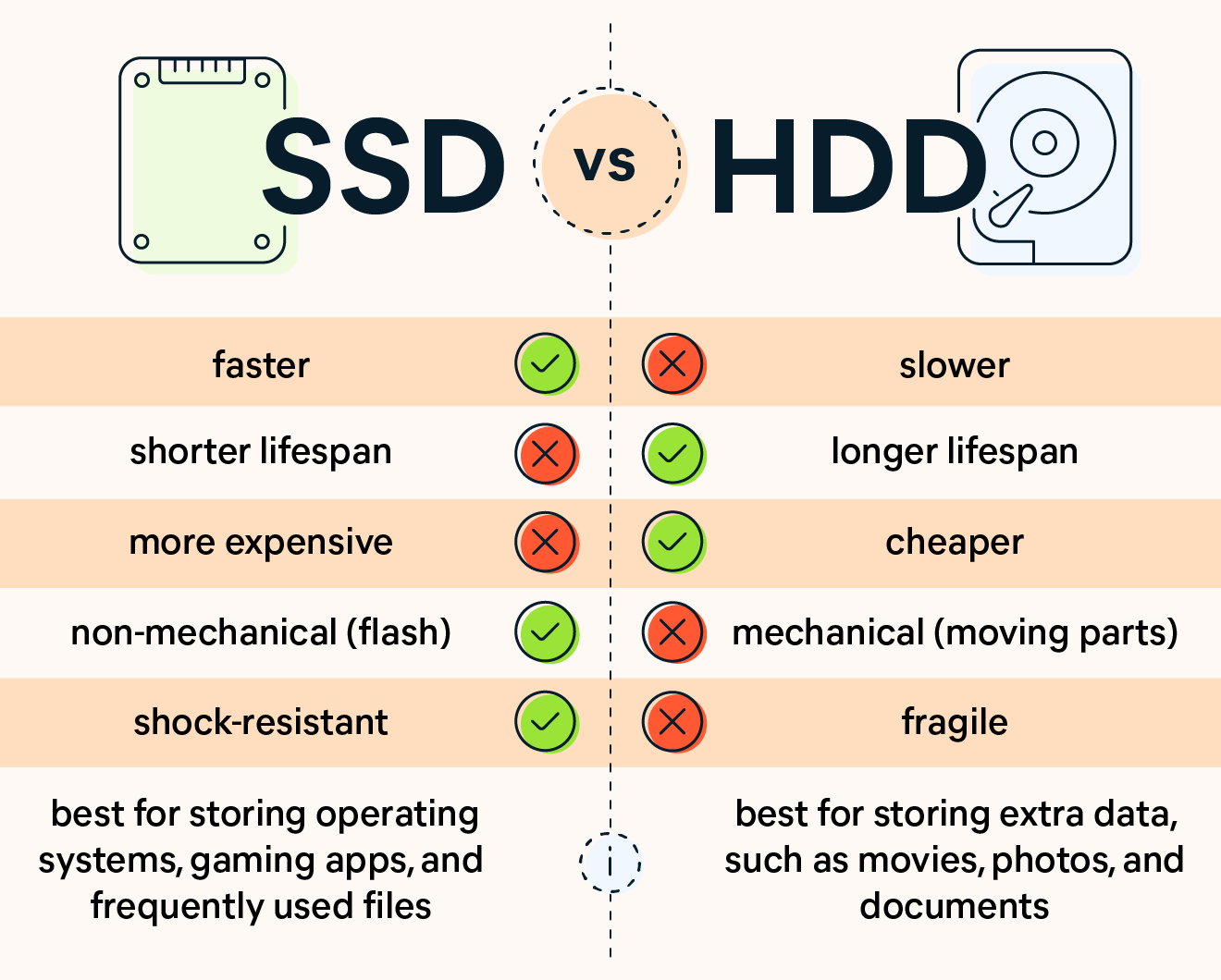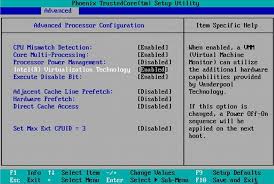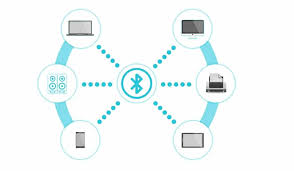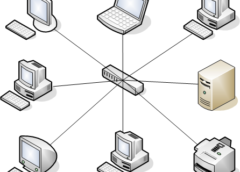
Listening and Reading for Understanding
Communication involves the sharing and understanding of meaning. To fully share and understand, practice active listening and reading so that you are fully attentive, fully present in the moment of interaction. Pay attention to both the actual words and for other clues to meaning, such as tone of voice or writing style. Look for opportunities for clarification and feedback when the time comes for you to respond, not before.
Active Listening and Reading
You have probably experienced the odd sensation of driving somewhere and, having arrived, have realized you do not remember driving. Your mind may have been filled with other issues and you drove on autopilot. It is dangerous when you drive like that, and it is dangerous in communication. Choosing to listen or read attentively takes effort. People communicate with words, expressions, and even in silence, and your attention to them will make you a better communicator. From discussions on improving customer service to retaining customers in challenging economic times, the importance of listening comes up frequently as a success strategy.
Here are some tips to facilitate active listening and reading:
- Maintain eye contact with the speaker; if reading, keep your eyes on the page.
- Do not interrupt; if reading, do not multitask.
- Focus your attention on the message, not your internal monologue.
- Restate the message in your own words and ask if you understood correctly.
- Ask clarifying questions to communicate interest and gain insight.
When the Going Gets Tough
Our previous tips will serve you well in daily interactions, but suppose you have an especially difficult subject to discuss, or you receive a written document delivering bad news. In a difficult situation like this, it is worth taking extra effort to create an environment and context that will facilitate positive communication.
Here are some tips that may be helpful:
- Set aside a special time. To have a difficult conversation or read bad news, set aside a special time when you will not be disturbed. Close the door and turn off the TV, music player, and instant messaging client.
- Do not interrupt. Keep silent while you let the other person “speak his piece.” If you are reading, make an effort to understand and digest the news without mental interruptions.
- Be nonjudgmental. Receive the message without judgment or criticism. Set aside your opinions, attitudes, and beliefs.
- Be accepting. Be open to the message being communicated, realizing that acceptance does not necessarily mean you agree with what is being said.
- Take turns. Wait until it is your turn to respond, and then measure your response in proportion to the message that was delivered to you. Reciprocal turn-taking allows each person have his say.
- Acknowledge. Let the other person know that you have listened to the message or read it attentively.
- Understand. Be certain that you understand what your partner is saying. If you do not understand, ask for clarification. Restate the message in your own words.
- Keep your cool. Speak your truth without blaming. A calm tone will help prevent the conflict from escalating. Use “I” statements (e.g., “I felt concerned when I learned that my department is going to have a layoff”) rather than “you” statements (e.g., “you want to get rid of some of our best people”).
Finally, recognize that mutual respect and understanding are built one conversation at a time. Trust is difficult to gain and easy to lose. Be patient and keep the channels of communication open, as a solution may develop slowly over the course of many small interactions. Recognize that it is more valuable to maintain the relationship over the long term than to “win” in an individual transaction.
![]()


![[Assorted] Comprehensive List of Postal Codes in Kenya: From A to Z](https://www.blog.nestict.com/wp-content/uploads/2024/08/The-5-Best-Keyboards-For-Typing-Summer-2024-Reviews-RTINGS.com_.jpg)


![[Resource]: Installing Webuzo on Your Nestict Cloud VPS: A Detailed Guide](https://www.blog.nestict.com/wp-content/uploads/2024/12/image.webp)
![[Resource] : Comprehensive List of Equity Bank Codes Across Kenya by Region](https://www.blog.nestict.com/wp-content/uploads/2024/12/image-5.png)



![[Continuation]: Current Challenges in Making Physics and Geography Compulsory](https://www.blog.nestict.com/wp-content/uploads/2024/12/The-universe-of-mathematics-physic-and-astronomy-its-ama…-Flickr.jpg)
![[Resource] : Why Physics and Geography Should Be Compulsory Like Mathematics in Education](https://www.blog.nestict.com/wp-content/uploads/2024/12/image.png)


![[LINKTREE] 2024 PAST PAPERS , NOTES ,RESOURCE,REVISION,EXAMINATIONS](https://www.blog.nestict.com/wp-content/uploads/2024/10/SCHM.jpeg)


![Maritime Terms, Abbreviations and Acronyms [Shipping Terms – Searchable]](https://www.blog.nestict.com/wp-content/uploads/2024/09/Container-Stowage-Stock-Illustrations-–-71-Container-Stowage-Stock-Illustrations-Vectors-Clipart-Dreamstime.jpg)
![Maritime Terms, Abbreviations and Acronyms [ Shipping Terms]](https://www.blog.nestict.com/wp-content/uploads/2024/09/image.png)








![[Explainer]: NVMe storage, SSD (SATA SSD), and HDD](https://www.blog.nestict.com/wp-content/uploads/2024/08/Laptops-are-available-with-SSDs-and-HDDs.png)














![[Updated 2024] – Passport Application FOR CHILDREN ONLY(PERSONS UNDER 18 YEARS)](https://www.blog.nestict.com/wp-content/uploads/2023/09/keppp-240x172.png)
![[Updated 2024] -Passport Application FOR ADULTS ONLY-PERSONS OVER 18 YEARS](https://www.blog.nestict.com/wp-content/uploads/2023/09/EAF-Passport-e1631045054464-400x800-1-240x172.jpg)










